Research news
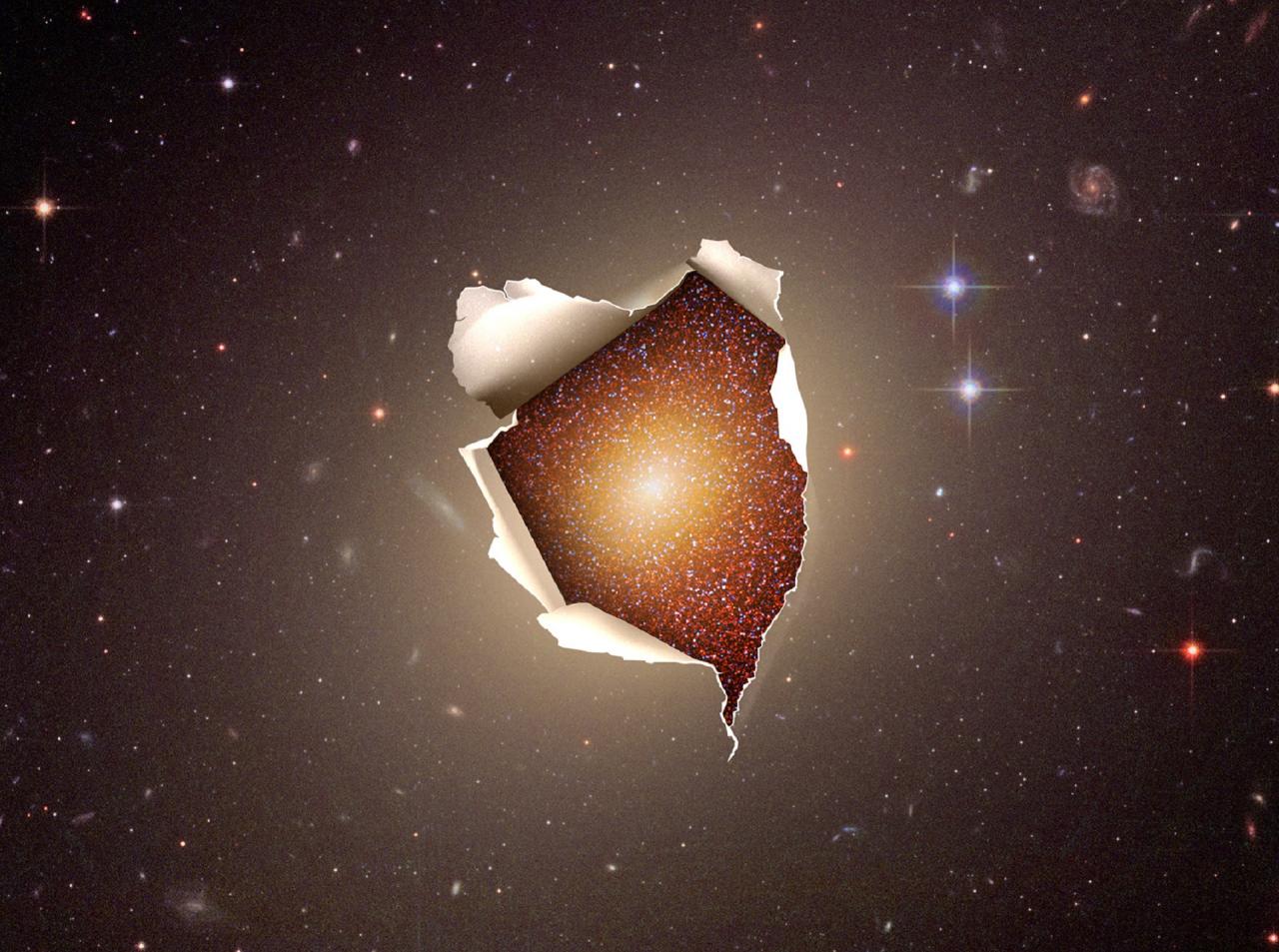
Young stars found in the oldest and most massive galaxies in the universe
16/12/2019
Researchers from the Instituto de Astrofísica de Canarias (IAC) and the Istituto Nazionale di Astrofisica (INAF, Italy) have shown that massive early-type galaxies keep on forming stars, even though at a very slow rate. The results of this work, whose first author is the Severo Ochoa PhD student at the IAC/ULL Núria Salvador-Rusiñol, are published today in the journal Nature Astronomy. The study is based on 30,000 early-type galaxy spectra from the Sloan Digital Sky Survey BOSS (Baryon Oscillation Spectroscopic Survey). >> Read more
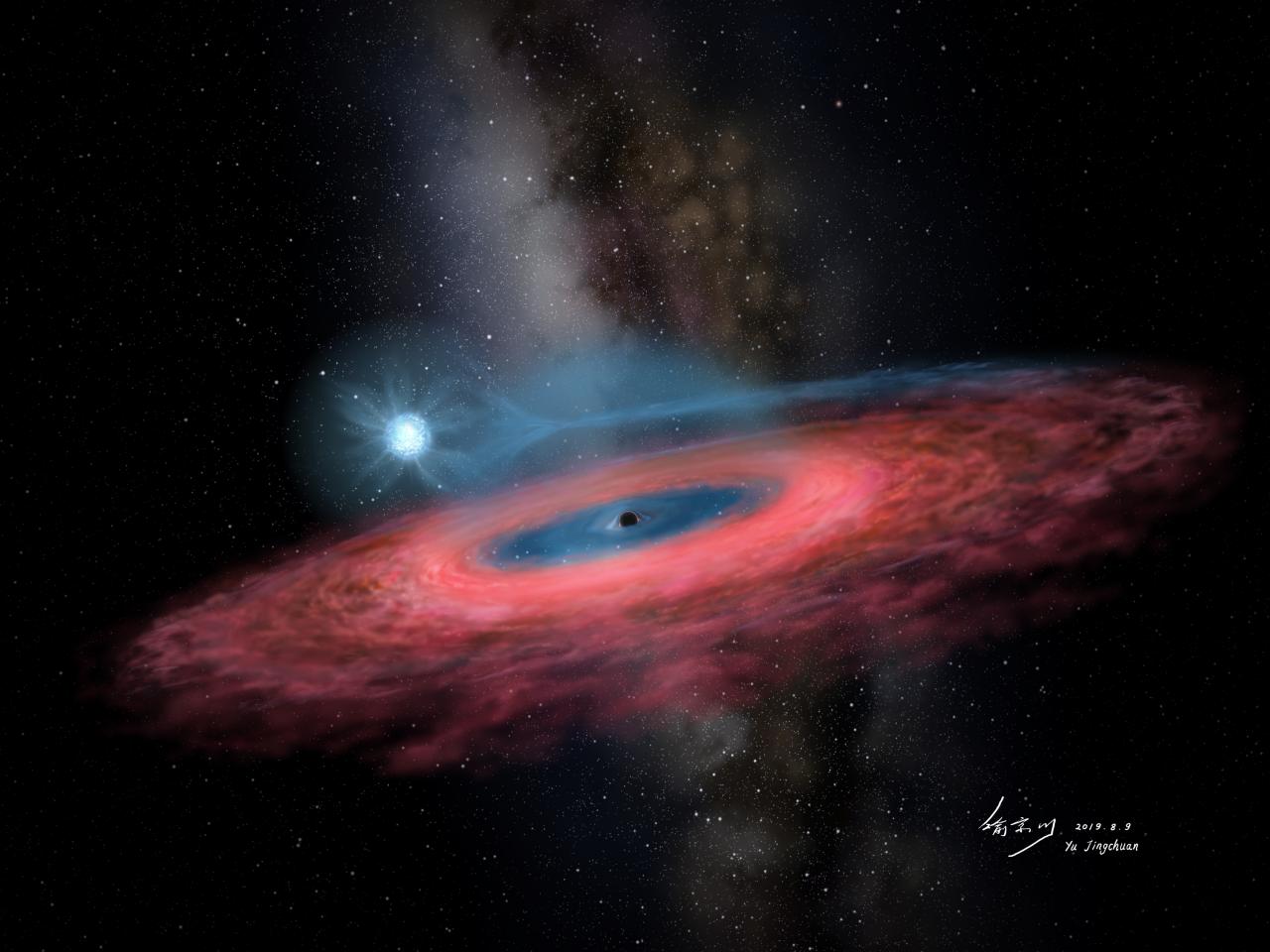
Astronomers discover a giant black hole that challenges current models of stellar evolution
27/11/2019
An international team of scientists, led by researchers from the National Astronomical Observatory of China and with the participation of the Instituto de Astrofísica de Canarias and the Universidad de La Laguna, have observed a stellar black hole with a mass 70 times heavier than the Sun. The giant object, called LB-1, challenges the standard theory of stellar evolution. Its detection has been possible thanks to the exhaustive monitoring carried out during several months with the Gran Telescopio Canarias at the Roque de los Muchachos Observatory (La Palma). The result, in which IAC researchers Jorge Casares and Romano Corradi participate, is published in the prestigious scientific journal Nature. >> Read more
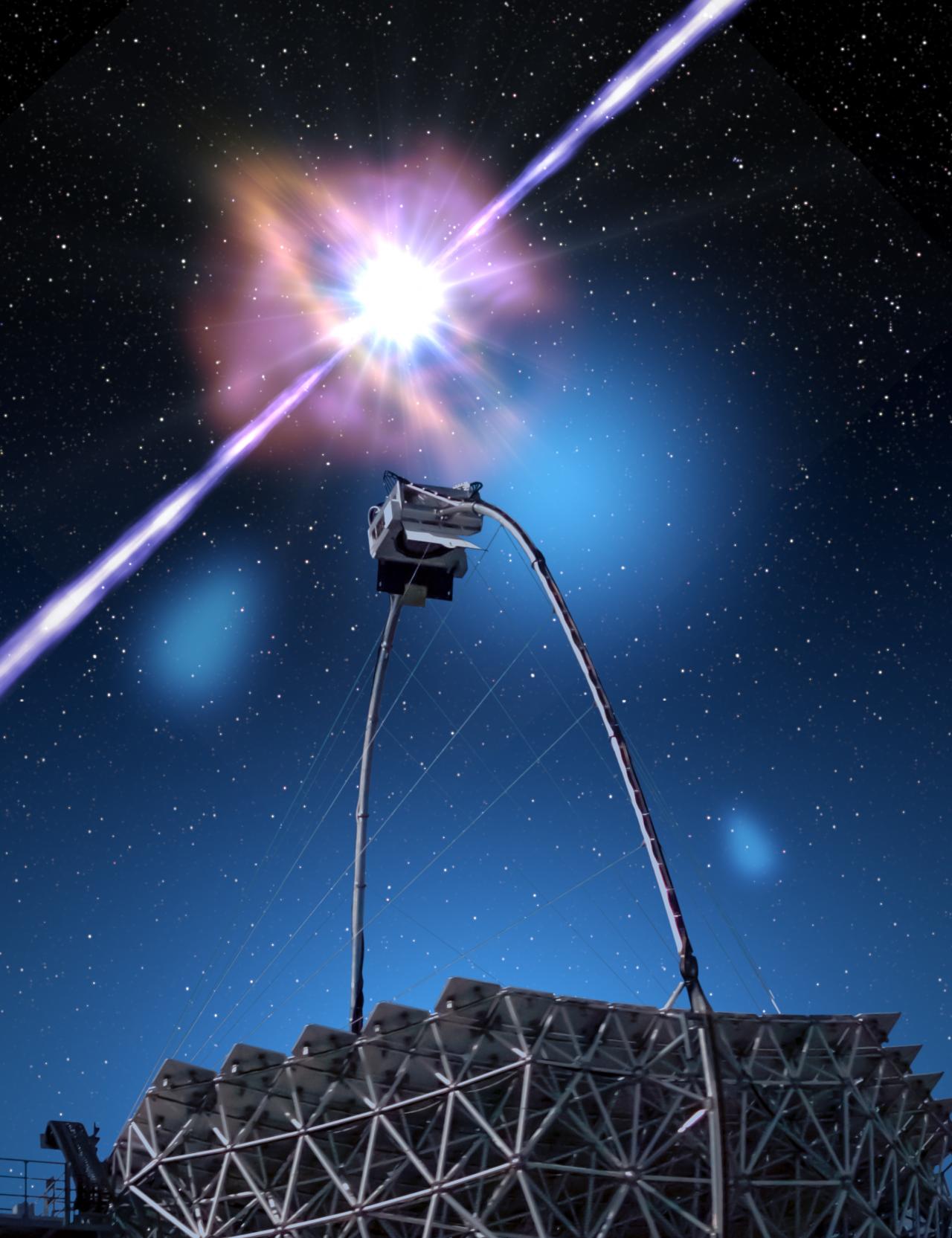
MAGIC telescopes detect the first gamma-rays burst at very high energies
20/11/2019
Gamma-ray bursts (GRBs) are brief and extremely powerful cosmic explosions, suddenly appearing in the sky, about once per day. They are thought to result from the collapse of massive stars or the merging of neutron stars in distant galaxies. The first GRB detected by the MAGIC telescopes, known as GRB 190114C, reveals for the first time the highest energy photons measured from these objects. This ground-breaking achievement by MAGIC provides critical new insight for understanding the physical processes at work in GRBs, which are still mysterious. IAC researchers of the MAGIC collaboration have participated in this study, including Mónica Vázquez Acosta, one of the scientific representatives of the Cosmology and Astroparticles line of the Severo Ochoa program at the IAC. The results are published in two articles in the Nature Journal. >> Read more
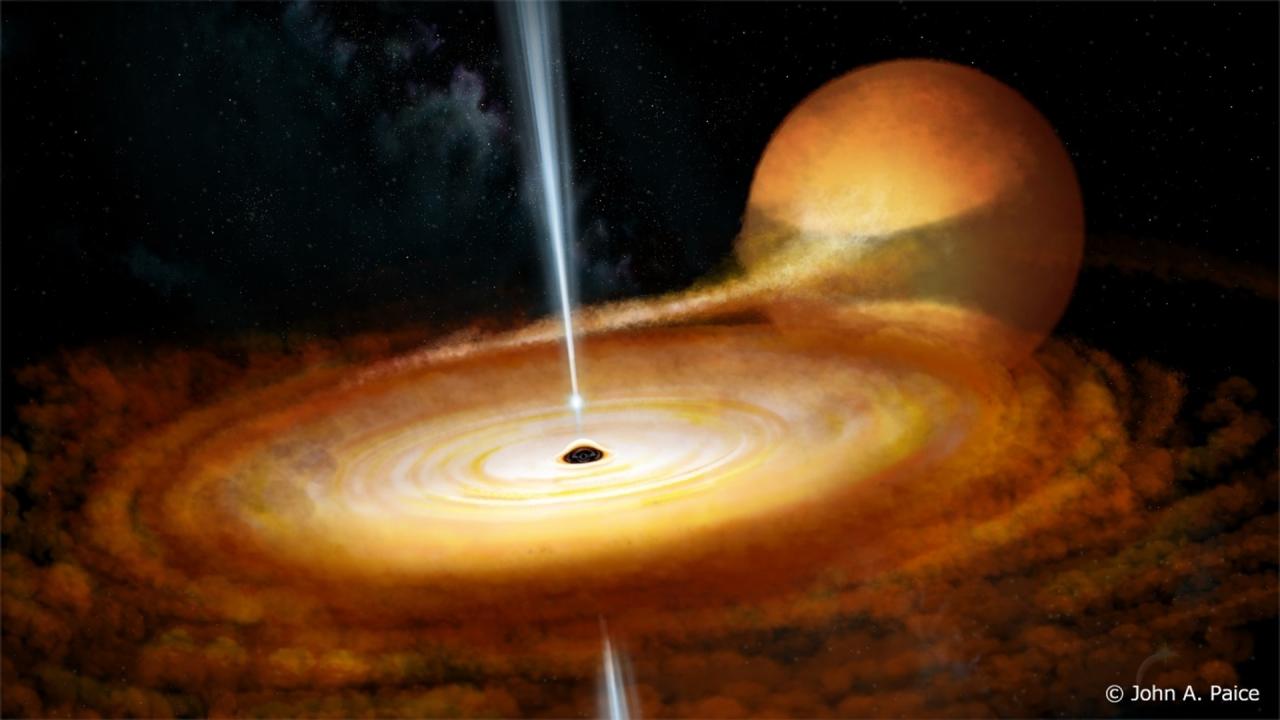
Violent flares in the centre of a black hole system
11/10/2019
A international team of astronomers, led by the University of Southampton and with participation by the Instituto de Astrofísica de Canarias has used the camera HiPERCAM on the Gran Telescopio Canarias NASA’s NICER space observatory to make a high frame-rate movie of a growing black hole system. In the process they have discoverd violent flares in visible light and in X-rays which give new clues to help understand the immediate surroundings of these intriguing objects. The results of this study are published in the prestigious journal Monthly Notices of the Royal Astronomical Society (MNRAS). Tariq Shahbaz and Romano Corradi are the IAC researchers who participated in the study. >> Read more
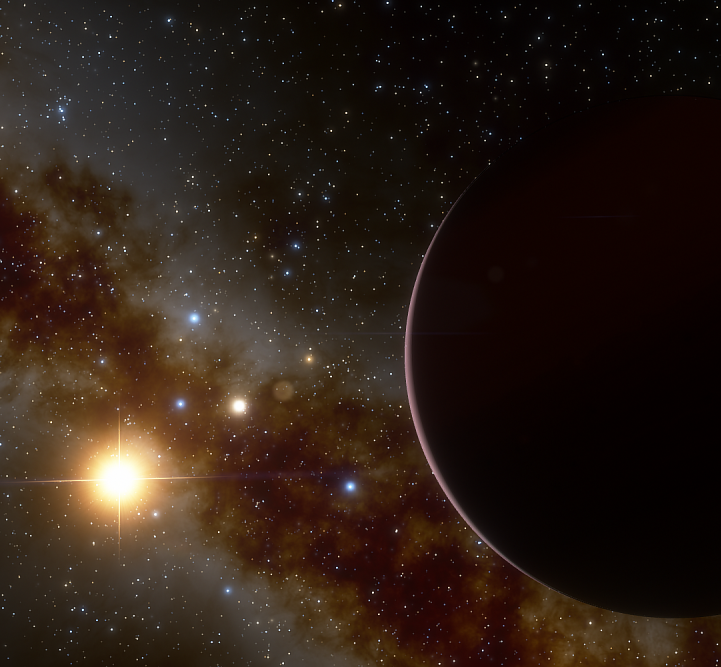
Astronomers find an unusual planetary system which challenges models of planet formation
26/09/2019
A team of astronomers of the CARMENES consortium, in which the Instituto de Astrofísica de Canarias participates, has discovered a planetary system around the red dwarf star GJ 3512, at some 30 light years from Earth, with an unusual gas giant planet whose excentric orbit could imply the presence of another massive planet. The study has involved, among other IAC researchers, the Severo Ochoa PhD student Lucía González Cuesta. This discovery is published today in the journal Science. >> Read more
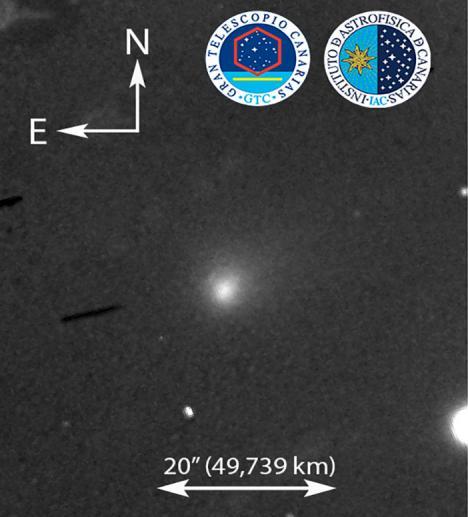
The GTC obtains the visible spectrum of the first confirmed interstellar comet
07/03/2019
Shortly before dawn on September 13th, Julia de León (IAC Severo Ochoa advance postdoctoral researcher) together with other members of the IAC's Solar System Group, and a researcher from the Complutense University of Madrid, obtained high resolution images and visible spectra of comet C/2019 Q4 (Borisov) using the OSIRIS instrument at the 10.4m GTC, installed in the Roque de los Muchachos Observatory. Observations were not easy because the object was at a small angular separation from the Sun, but thanks to the excellent atmospheric conditions of the Canarian Observatories and GTC's expert telescope support astronomers, these challenging observations were successfully completed. The spectrum reveals that this object has a surface composition not unlike that found in Solar System comets. >> Read more
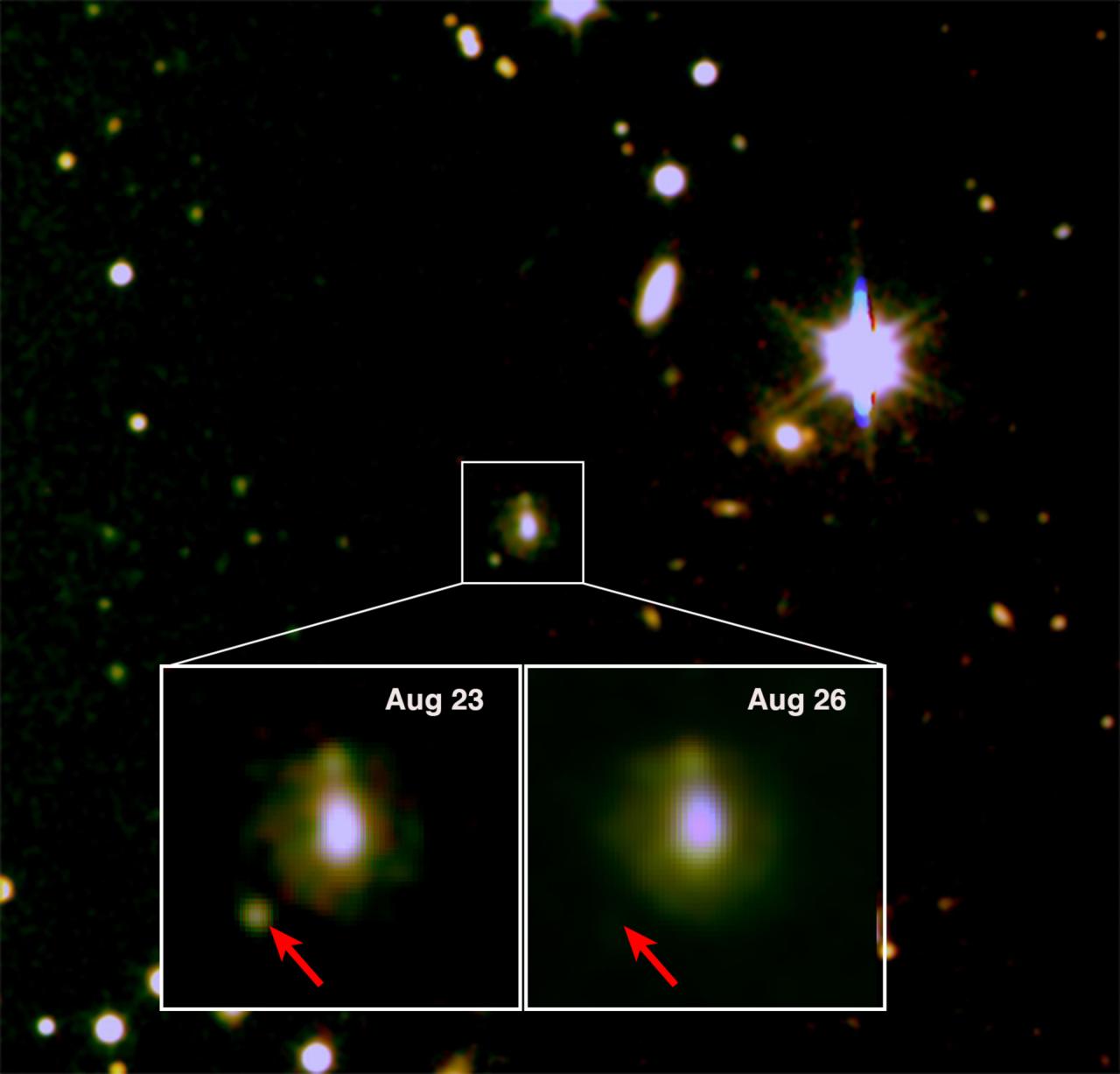
A “gold mine” is detected in a collision of two distant stars
27/08/2019
Evidence of a “kilonova” found in the data from a gamma ray burst detected in August 2016. In this type of phenomena, large quantities of heavy elements, such as gold and platinum, are produced. This event is similar to another explosion detected by LIGO in 2017, for which the combined observation of light and gravitational waves opened the door to an understanding of this type of objects. Josefa Becerra, Severo Ochoa postdoctoral researcher, among other researchers from the Instituto de Astrofísica de Canarias, has participated in this study. >> Read more
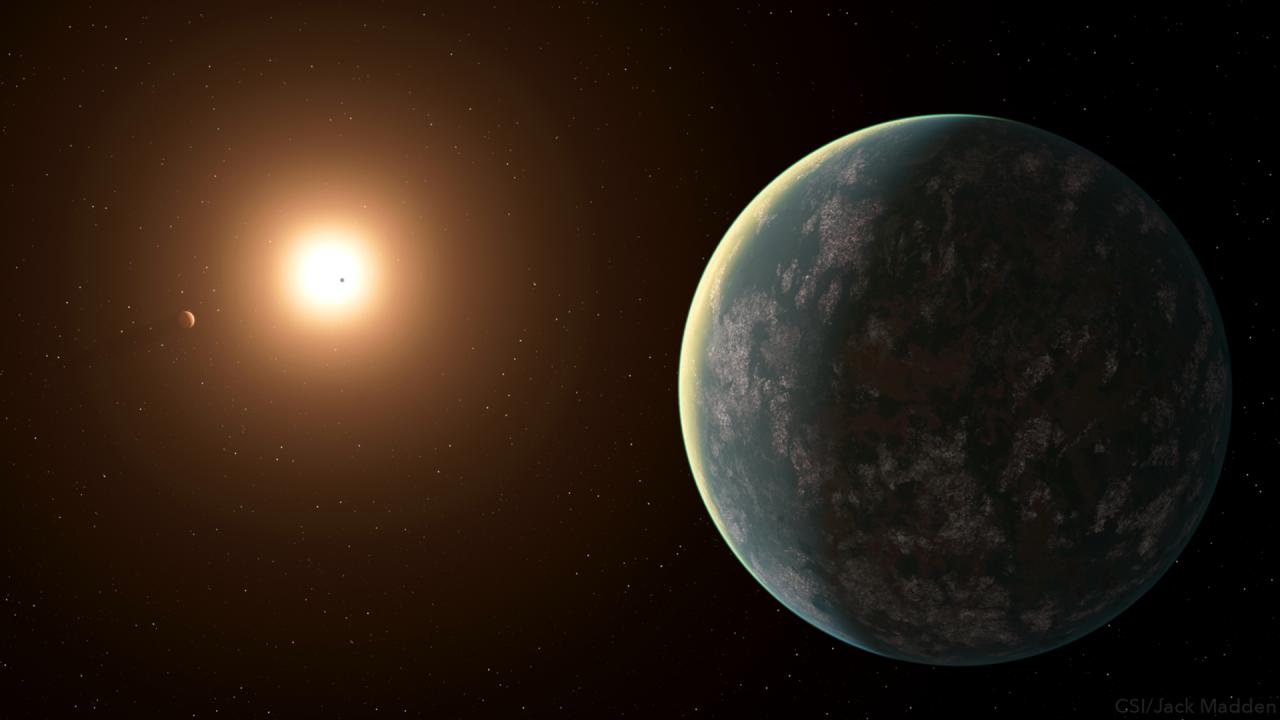
Astronomers find a nearby system of exoplanets with a potentially inhabitable world
31/07/2019
An international group of scientists, led by researchers from the Instituto de Astrofísica de Canarias, used data from several ground-based observatories to confirm the presence of a planet detected by the TESS satellite and, in the process, discovered two additional worlds. The newly discovered planets orbit the red dwarf star GJ 357, about 31 light-years away. Rafael Luque, a "la Caixa - Severo Ochoa" PhD student at the IAC is the first author of the paper. >> Read more

A study of the whole Sun
09/07/2019
The European Research Council (ERC) has selected the project “The Whole Sun”, proposed by five European Institutions, one of them the IAC, to be awarded one of its prestigious Synergy Grants for a six-year period. The IAC researcher and Professor at the ULL Fernando Moreno Insertis, is the Principal Investigator of the IAC team which took part in the proposal. The aim of the project is to link the computational and theoretical models of the interior, the lower atmosphere, and the corona of the Sun to obtain a qualitative jump in our understanding of the structure and the physics of our star. >> Read more
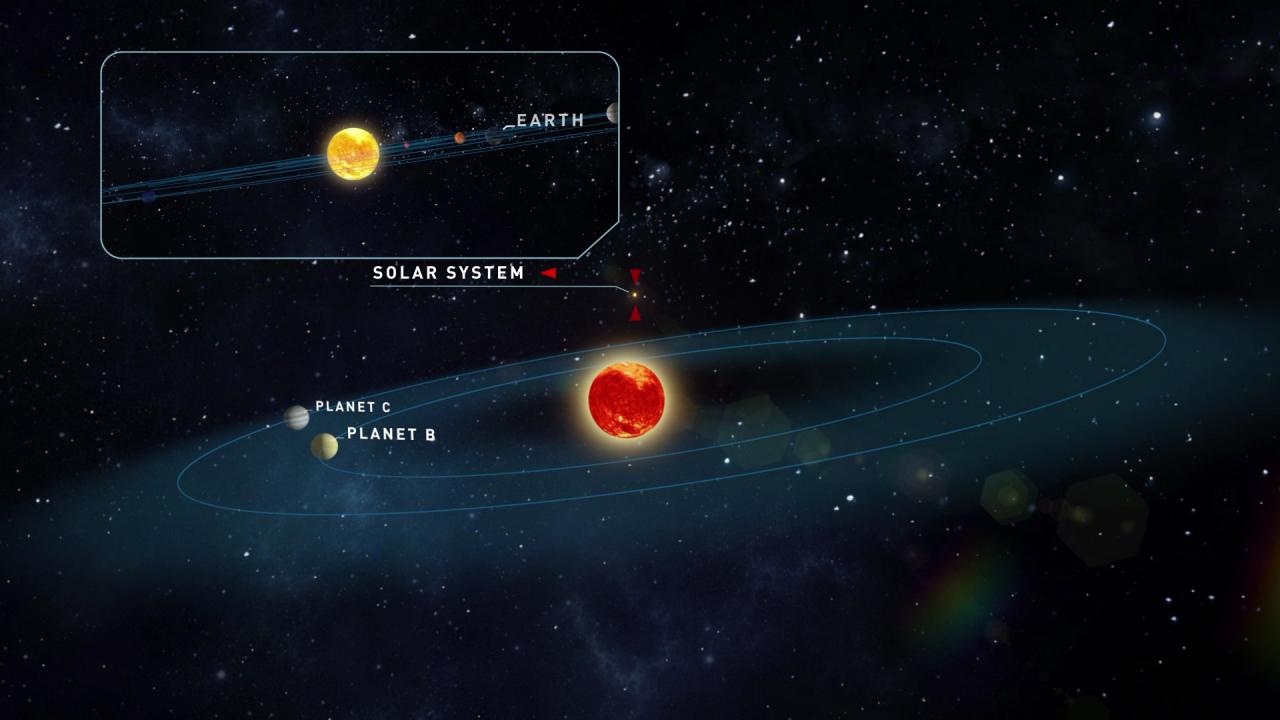
New Earths discovered around a very small star
18/06/2019
The “Teegarden” star is only 12.5 light years away from us. This is one of the smallest stars, a red dwarf, in the direction of the constellation of Aries. Its surface temperature is 2,700O C and its mass is only one tenth that of the Sun. Even though it is so near, its faintness impeded its discovery until 2003. The co-authors of the article published in the journal Astronomy & Astrophysics are Víctor Sánchez Béjar, a researcher at the IAC and doctoral students Severo Ochoa from the IAC Lucía González Cuesta and Rafael Luque, among others. >> Read more
![La galaxia ultra difusa [KKS2000]04 (NGC1052-DF2), en la constelación de Cetus, hasta ahora considerada una galaxia sin materia oscura. Crédito: Trujillo et al. 2019](/severoochoa/images/imagenesweb/news/Galaxia_sin_materia_oscura.jpg)
The mystery of the galaxy with no dark matter: solved!
03/06/2019
In 2018, a study published in the journal Nature announced the discovery of a galaxy that lacked dark matter, which had a great impact, since it would have no place in the current theory of galaxy formation. Now, a study by a group of IAC researchers, including Severo Ochoa postdoctoral researcher Michael Beasley, has solved this mystery through an exhaustive observation of the galaxy. The results of this study indicate that both the number of stars and the total mass of the galaxy are lower than previously estimated and compatible with the presence of dark matter. >> Read more
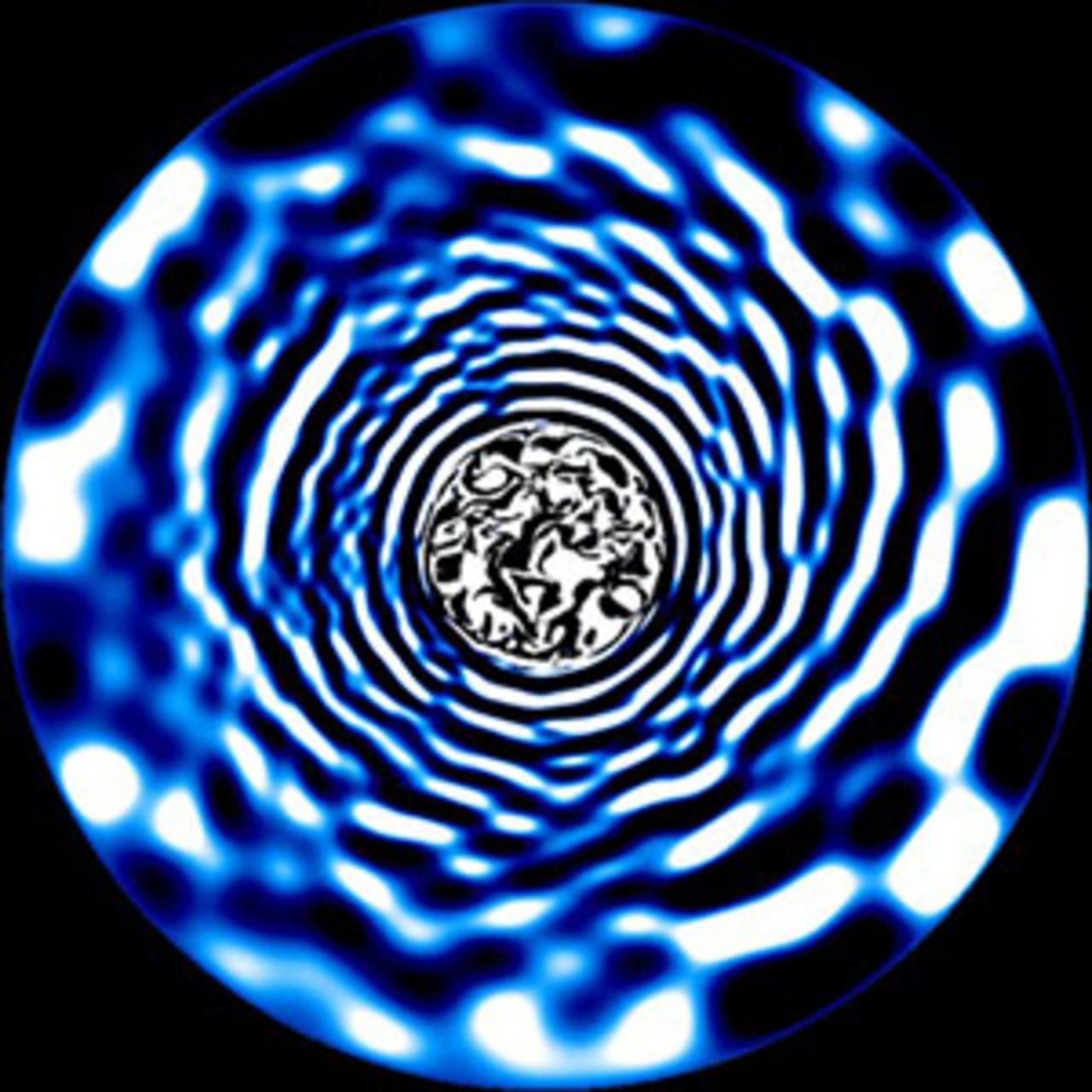
Astronomers open the way to the hearts of the blue supergiants
06/05/2019
The blue supergiants are the “rock stars” of the universe, giant stars who live fast, and die young. As befits idols of the masses, to know their most intimate secrets is the deep desire of their fans. Thanks to a recent study by researchers at the Catholic University of Louvain (Belgium), the Instituto de Astrofísica de Canarias (IAC) and other centres in Europe, America, and Australia, this dream is beginning to becomr a reality. Using the techniques of Asteroseismology on a set of data obtained by the NASA space missions Kepler and TESS, it has been possible to peep into the interior of high mass stars. Just as seismologists obtain information about the interior of the Earth by stuyding the waves produced by earthquakes, listening to the music created by these high mass “rock stars” will allow astrophysicists to reach into their interiors before their lives are abruptly terminated as huge supernova explosions, according to an article published today in the scientific magazine Nature Astronomy. Sergio Simón-Díaz, advanced postdoctoral researcher SO at the IAC, is a co-author of this study. >> Read more
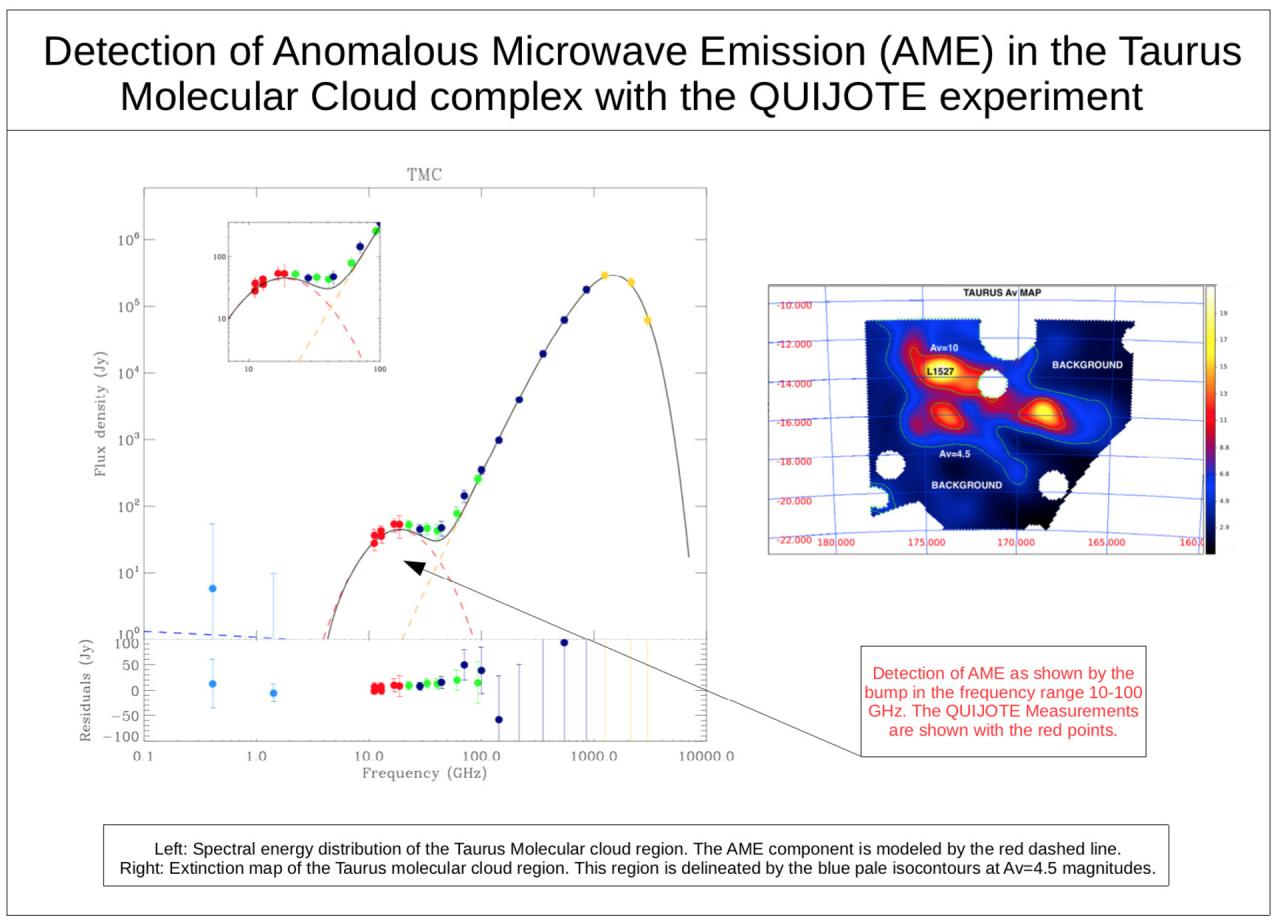
Anomalous microwave emission detected from the Taurus Molecular Cloud
10/04/2019
The QUIJOTE experiment has two main objectives. One of them is to study the polarization of the cosmic microwave background radiation, and the other is to detect and characterize the emission produced by our own Galaxy in the same frequency range. The aim is to make a valid detection of the emission coming from the first instants of the universe. This work, published in the journal Monthly Notices of the Royal Astronomical Society (MNRAS) was carried out in collaboration with a team from the IAC, in which there was participation by the researchers Rafael Rebolo and José Alberto Rubiño Martín, among others. >> Read more
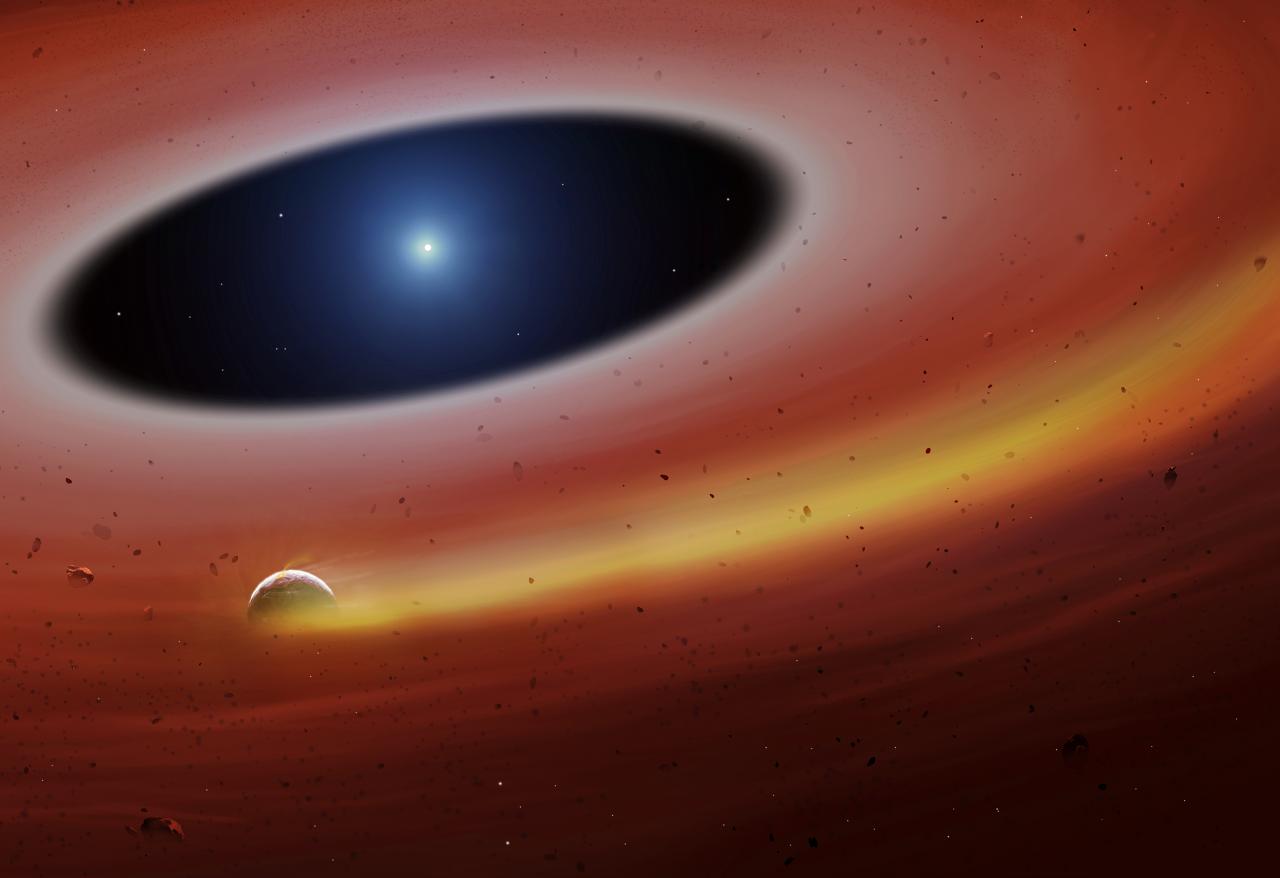
Heavy metal planet fragment survives destruction from dead star
04/04/2019
A fragment of a planet that has survived the death of its star has been discovered, by a group of astronomers led by the University of Warwick and involving research staff from the IAC and ULL, in a disc of debris formed from destroyed planets which the star ultimately consumes. Paula Izquierdo, Severo Ochoa doctoral student, is a co-author of the paper. >> Read more
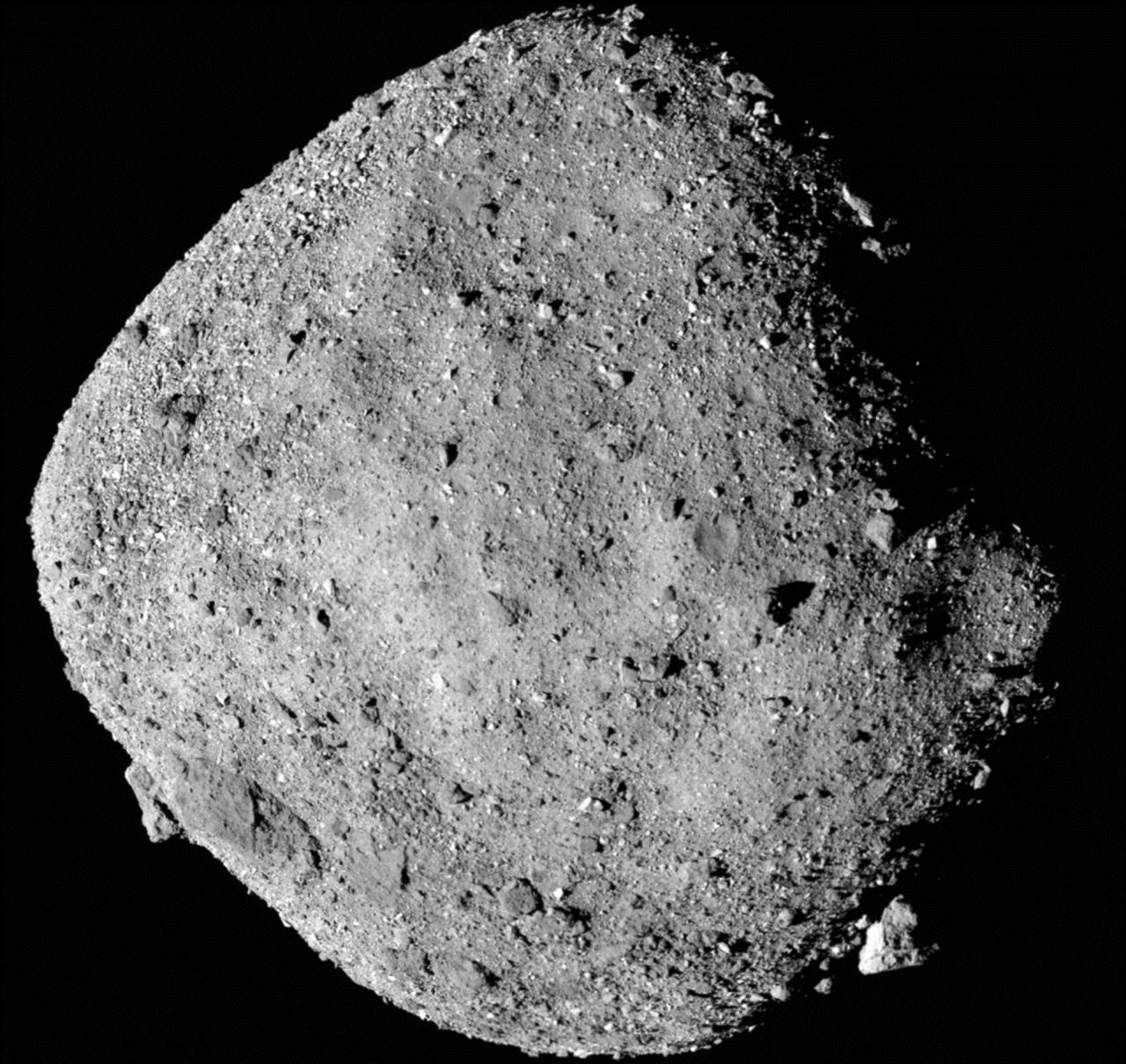
Rough, dense with boulders and low albedo surface of Bennu revealed through images of NASA OSIRIS-REx mission
19/03/2019
During the Approach and Preliminary Survey phases of the mission (August to December 2018) a series of images was acquired by the OSIRIS-REx Camera Suite (OCAMS), down to a scale of 33 cm/pixel, while the OSIRIS-REx Visible and InfraRed Spectrometer (OVIRS) and the OSIRIS-REx Thermal Emission Spectrometer (OTES) obtained disk-integrated spectra of the asteroid, covering a full rotation of the object. Julia de León, advanced postdoctoral researcher SO at the IAC, and Javier Licandro, researcher at the IAC, have participated in the processing and analysis of the images, the results of which have been published in the journal Nature Astronomy. >> Read more
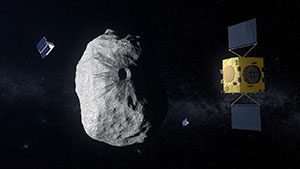
The GTC observes binary asteroid Didymos, main target of the ESA Hera space mission
07/03/2019
The World’s largest optical and infrared telescope is part of this space project by observing binary asteroid Didymos in order to assess the impact that NASA DART mission will have on its orbit. Both Hera and DART were conceived as part of the international “Asteroid Impact Deflection Assessment” experiment (AIDA), aimed to study deflection techniques to avoid future asteroids that could impact on the Earth. Julia de León, IAC Severo Ochoa advance postdoctoral researcher, and Marcel Popescu, IAC postdoctoral researcher, are carrying the observational campaign, which began 8 March with the Gran Telescopio Canarias (GTC). >> Read more
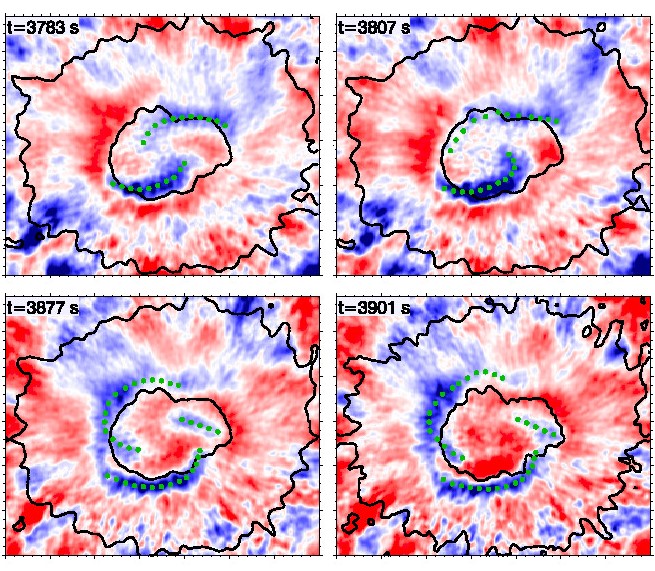
New data about spiral waves detected in sunspots
18/01/2019
An international study, led by the IAC Severo Ochoa postdoctoral fellow Tobías Felipe, reveals unknown details about the nature of a singular type of oscillatory phenomenon in spiral form detected in sunspots. the oscillations start out from the darkest part of the sunspot, called the umbra, and spread into the outer regions, the penumbra. The research, published in Astronomy & Astrophysics and picked out as a “highlight”, was carried out using observations with the GREGOR telescope at the Teide Observatory. >> Read more

Helium signal reveals the comet-like tail of exoplanet WASP-69b for the first time
06/12/2018
A new study, led by scientists from the Instituto de Astrofísica de Canarias (IAC), reveals that the giant exoplanet WASP-69b carries a comet-like tail made up of helium particles escaping from its gravitational field propelled by the ultraviolet radiation of its star. The results of this work, in which IAC researchers Lisa Nortmann and Enric Pallé participate, are published today in the journal Science. >> Read more
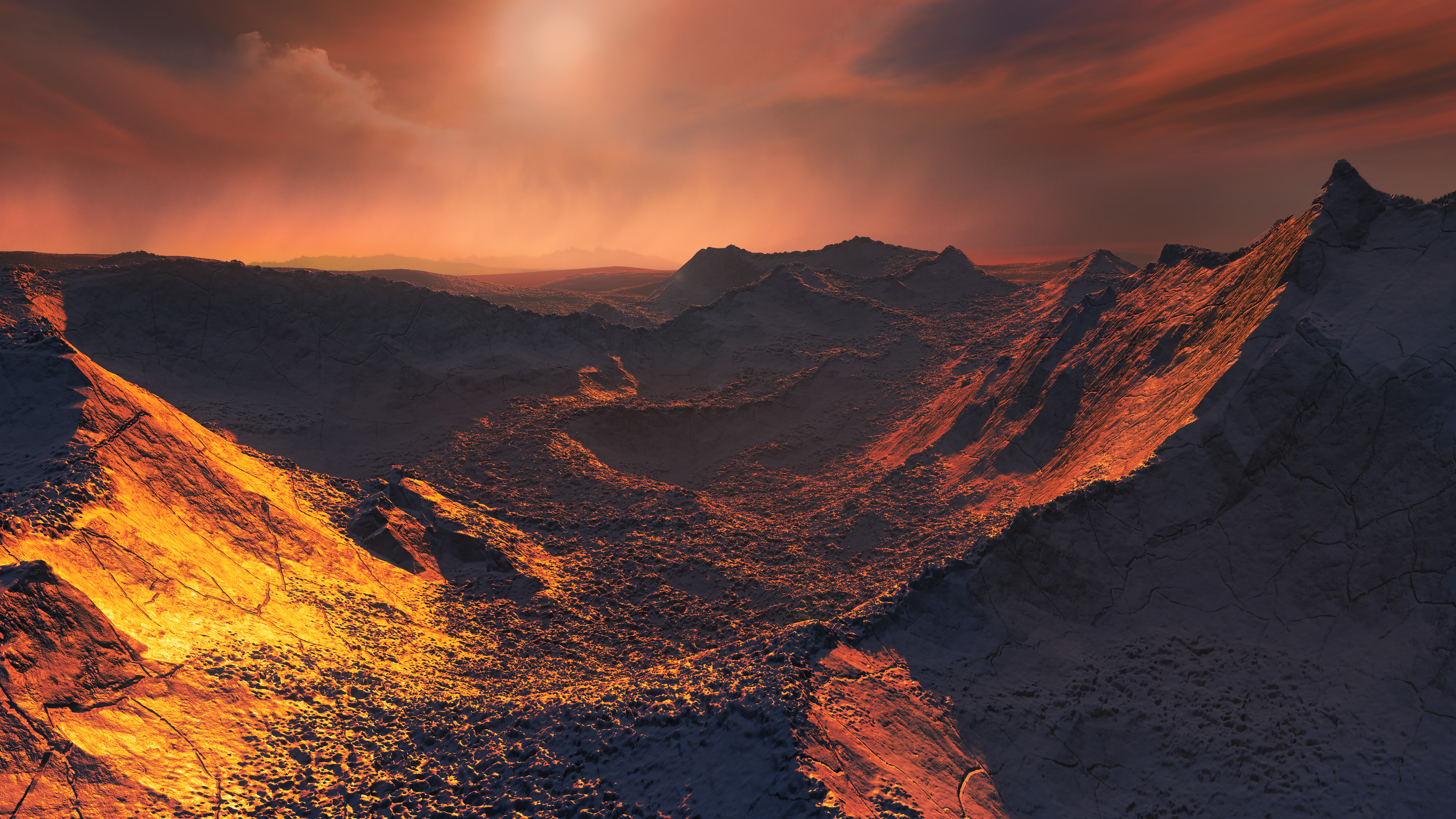
Our solar neighbourhood is full of planets
14/11/2018
A team from the Instituto de Astrofísica de Canarias has participated in the discovery of a frozen super-Earth around a Brown dwarf, Barnard’s star, in the second nearest solar system to ourselves, 5.96 light years away. Only the triple star system Alpha Centauri is nearer. The study, published today in Nature magazine, shows the existence of a planet which should have around three times the mass of the Earth (3.2 earth masses) and which orbits the star in 233 days. Barnard’s star is relatively cool, and the super-Earth Barnard b (also GJ 699b) is in orbit close to the so-called “snow line” a distance which marks the limit beyond which water would freeze. If Barnard b did not have an atmosphere its probable temperature would be -170ºC. >> Read more
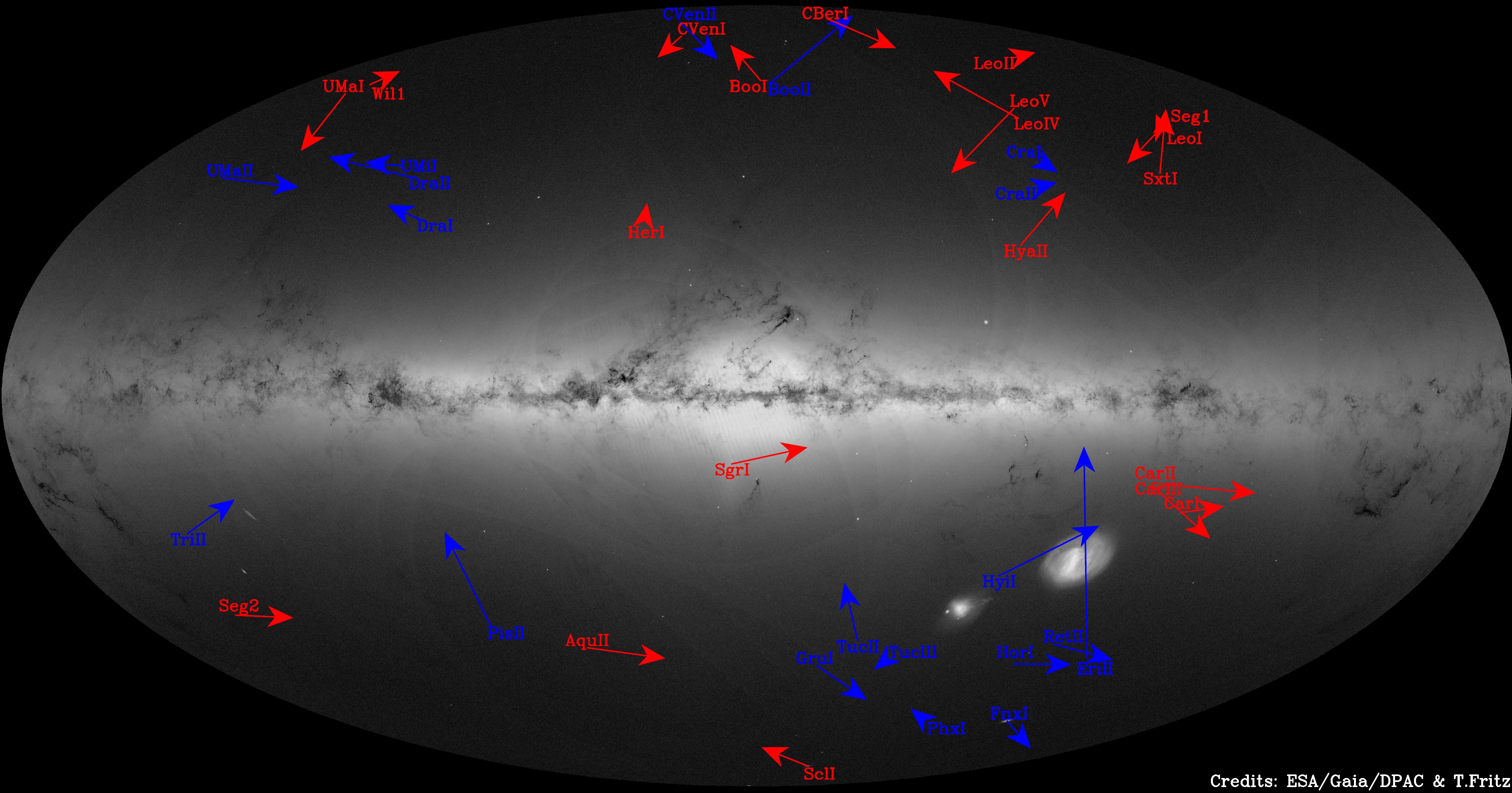
Measure the motion of 39 dwarf galaxies
13/11/2018
Thanks to the data acquired by the ESA Gaia space mission, an international team, led by researchers from the IAC, has been able to measure the on-sky motion of 39 dwarf galaxies, determining its direction and velocity. These data gives information on the dynamics of these galaxies, their histories and their interactions with the Milky Way. The researchers found that many of them are moving in a plane known as the vast polar structure. The origin of ‘the vast polar structure’ is still not fully understood but its characteristics appear to challenge cosmological models of galaxy formation. Also the Large Magellanic Cloud is found in this planar structure, which might imply the two are connected. Dwarf galaxies, besides being interesting in their own right, are one of the few tracers of dark matter that can be used in the most external parts of the Milky Way. >> Read more

Galaxies like Russian dolls
12/11/2018
Jairo Méndez Abreu, Severo Ochoa postdoctoral fellow, and Adriana de Lorenzo-Cáceres, researchers at the Instituto de Astrofísica de Canarias (IAC), have discovered a peanut-shaped structure in the inner bar of a double-barred galaxy close to the Milky Way. Structures of this type, in the form of a Russian doll and previously detected only in outer, or single, bars are useful tracers of the evolution of the galaxies. This structure, in the form of a Russian doll composed of two bars is basic for understanding the internal evolution of the galaxies, and how they fuel the supermassive black holes at their centres. This work has been carried out within the international TIMER project. >> Read more
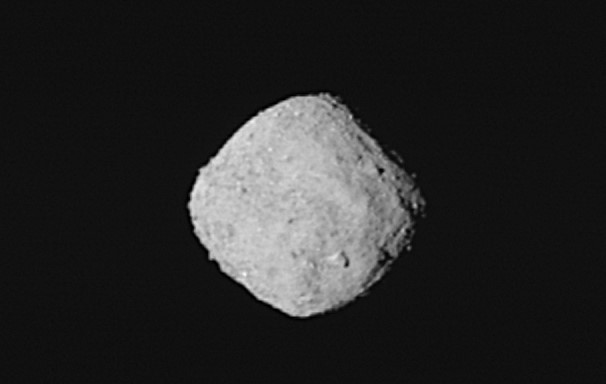
First images of asteroid Bennu obtained by the NASA OSIRIS-REx spacecraft
31/10/2018
After two years travelling through space, the NASA OSIRIS-REx spacecraft has started to obtain images of the mission target, primitive asteroid Bennu. As part of the Scientific Team of this mission, researchers from the Instituto de Astrofísica de Canarias (IAC), Javier Licandro and Julia de León have already started to work in the calibration of this images in preparation for the ones that will be obtained in December 2018 using color filters. >> Read more
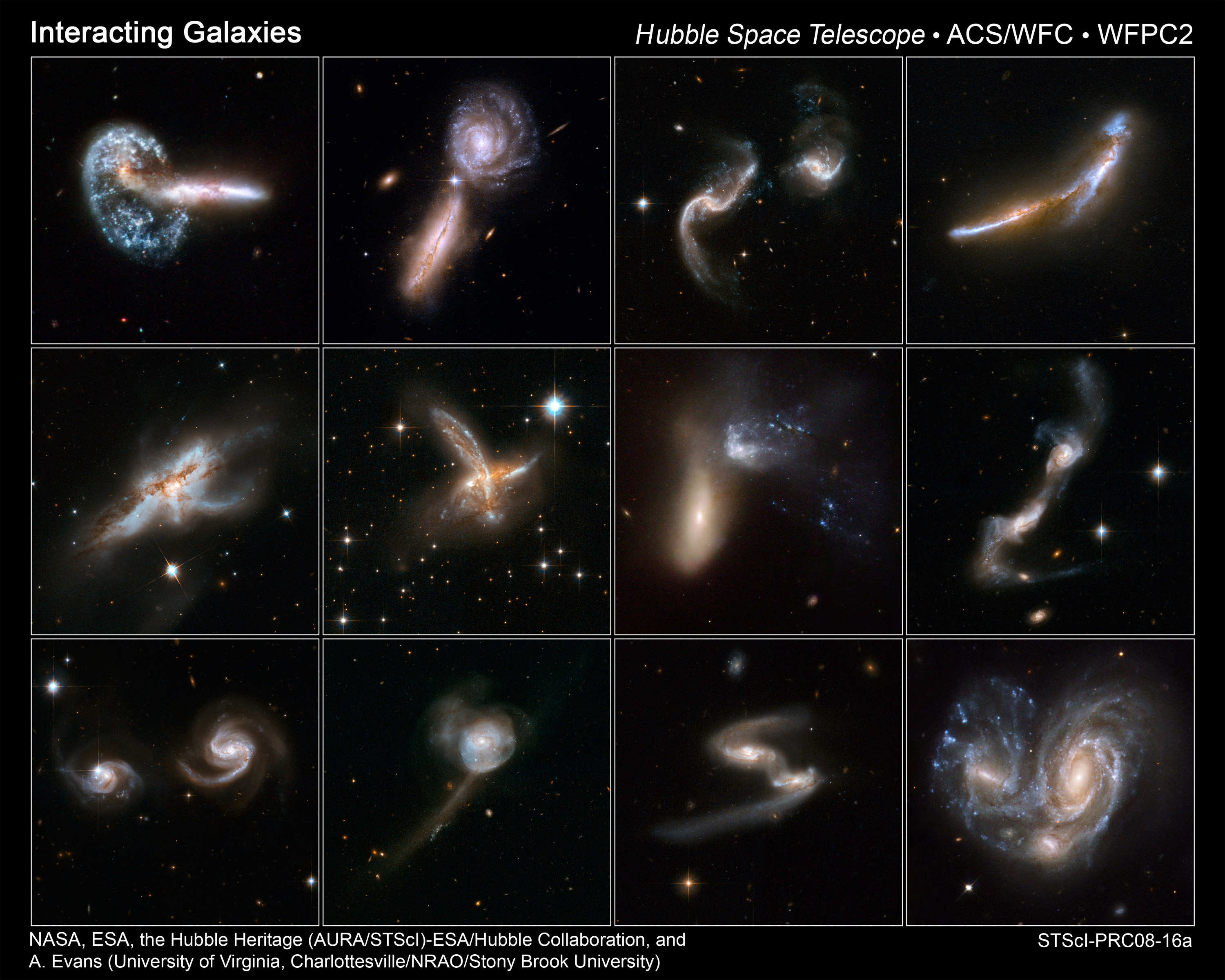
Sextans: the smallest cannibal galaxy discovered until now
11/10/2018
The researchers at the Instituto de Astrofísica de Canarias (IAC) Luis Cicuéndez and Giuseppina Battaglia have found a case of galactic cannibalism on the smallest known scale until now. This is the Sextans galaxy, which has a mass some 100,000 times less than that of the Milky Way but has swallowed an even smaller companion. When they analyzed the dwarf galaxy they observed that the spatial distribution of the blue, metal-poor stars was round and regular, while that of the red, metal-rich stars was much more elliptical and irregular, with an overdensity of stars on the north-eastern side. >> Read more
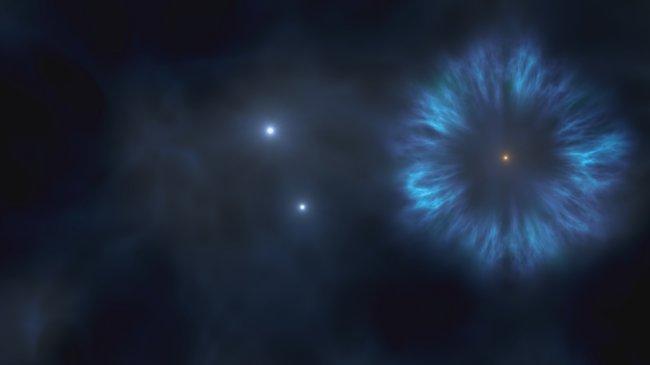
Galactic Archaeology
08/10/2018
The star Pristine 221.8781+9.7844 is one of the oldest stars in the Milky Way. We know this because of its atmosphere. Just after the Big Bang the universe was full of hydrogen and helium with very little lithium there were no heavier elements because these are synthesized in the interiors of stars. David Aguado´s view, Severo Ochoa PhD student during the period 2012-2015, is that "As the atmosphere of the star we have analyzed is very poor in metals, we can say with confidence that this is one of the oldest objects in the Milky Way, and of course it is much older than the Sun" and he adds that "This star will help us to better understand certain features of the origin of the Milky Way and how the first stars formed". >> Read more
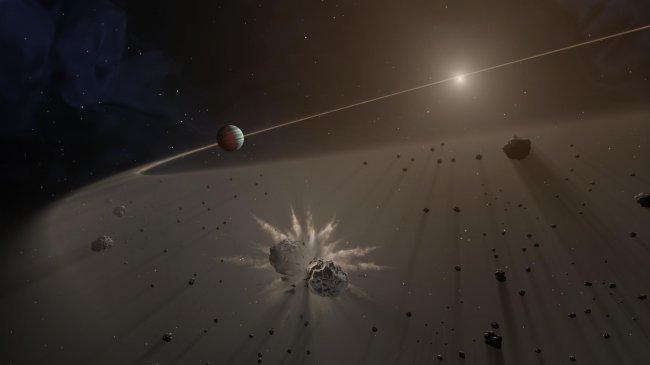
The only known white dwarf orbited by planetary fragments has been analyzed
20/09/2018
The article, published recently in the journal Monthly Notices of the Royal Astronomical Society (MNRAS), confirms the ongoing evolution of the transits produced by remnants of a planetesimal orbiting the white dwarf WD 1145+017. This “debris” passes in front of the star every 4.5 hours, blocking a fraction of the light from the star. Continuous interaction and fragmentation of these chunks of debris brings about major changes in the depth and the shape of the observed transits. Paula Izquierdo, Severo Ochoa doctoral student, is the lead author of the paper. >> Read more
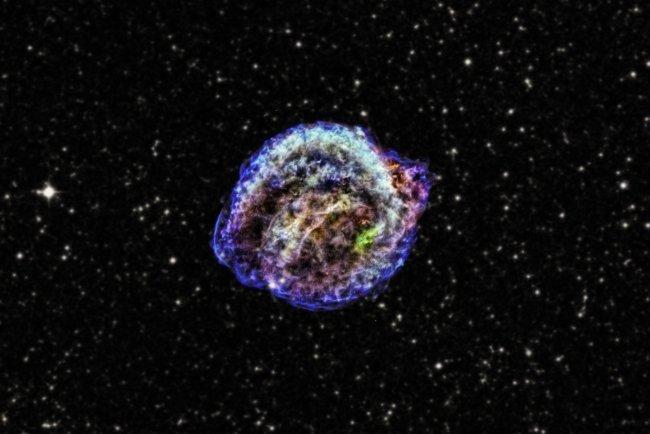
After the Kepler supernova explosion, no survivors were left behind
01/08/2018
The Kepler supernova, of which currently only the supernova remnant remains, took place in the constellation of Ophiuchus, in the plane of the Milky Way, 16,300 light years from the Sun. An international team, led by the researcher Pilar Ruiz Lapuente (UB-IECC y CSIC), in which Jonay González Hernández, postdoctoral researcher Severo Ochoa during the period 2012-2015 participates, has tried to find the possible surviving star of the binary system in which the explosion took place. >> Read more

Tellurium is detected in one of its places of origin
28/06/2018
A tellurium emission line and a bromine emission line have been located for the first time in the infrared spectra of two planetary nebulae. These are the clearest detections of ions belonging to these two heavy elements in one of the places where they form. The study has been led by Simone Madonna, a PhD student at the IAC, with the participation of his supervisor, Jorge García Rojas, IAC Severo Ochoa advance postdoctoral researcher. The data has been obtained with the EMIR spectrograph, on the Gran Telescopio Canarias at the Roque de los Muchachos Observatory (La Palma), and IGRINS, on the Harlan J. Smith Telescope, at the McDonald Observatory (Texas). >> Read more
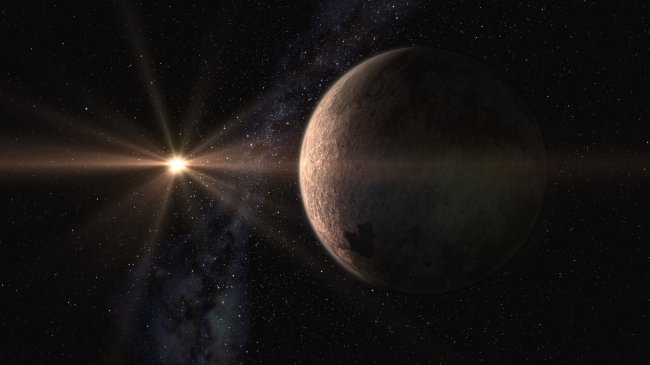
Researchers discover a system with three Earth-sized planets
06/06/2018
A researchers team from the Instituto de Astrofísica de Canarias (IAC), which take a part in the Severo Ochoa Programme, and from the University of Oviedo present today the discovery of two new planetary systems, one of them hosting three planets with the same size of the Earth. >> Read more
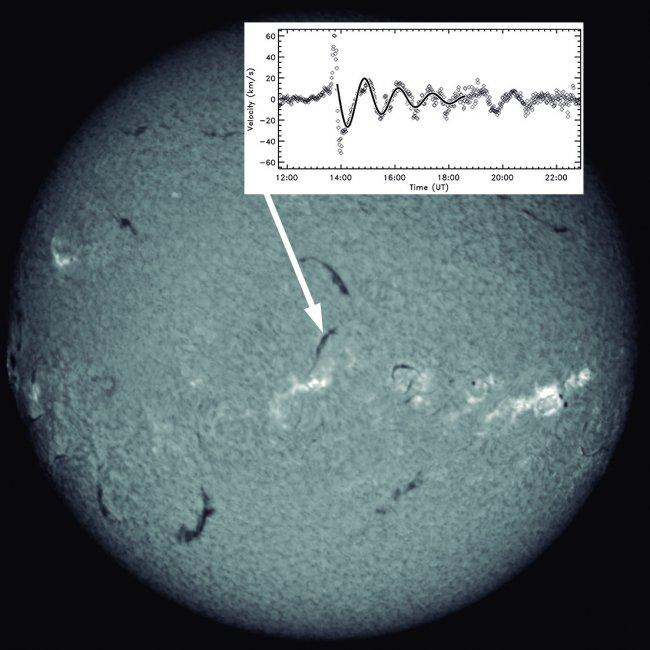
How solar prominences vibrate
01/06/2018
Manuel Luna, Severo Ochoa researcher at the Instituto de Astrofísica de Canarias (IAC) and at the Universidad de La Laguna (ULL), has lead an international team which has catalogued around 200 oscillations of the solar prominences. Its development has been possible thanks to the GONG network of telescopes, of which one of them is located in the Teide Observatory. >> Read more
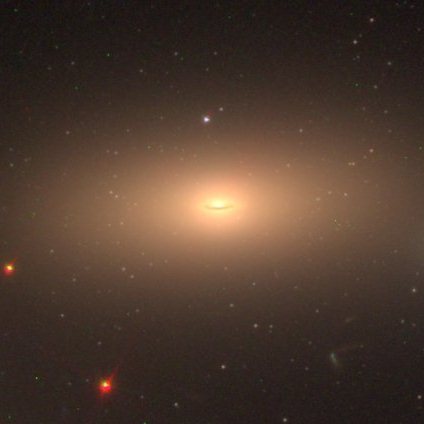
Astronomers find a galaxy unchanged since the early universe
12/03/2018
There is a calculation suggesting that only one in a thousand massive galaxies is a relic of the early universe, conserving intact the properties it had when it was formed thousands of millions of years ago. For that reason when the researchers at the Instituto de Astrofísica de Canarias (IAC) and the University of La Laguna (ULL), Michael Beasley (advanced SO fellow) and Ignacio Trujillo located this rarity they wrote a proposal for time on the Hubble Space Telescope to observe the globular clusters surrounding it, and so confirm what had been suggested by the observations they had made with ground-based telescopes. The results of the research published today in Nature showed that the galaxy NGC 1277 has only red globular cluster which formed along with it, while practically lacks blue clusters that are a consequence of having absorbed other smaller galaxies, which confirms that this galaxy has remained unchanged since its formation. >> Read more
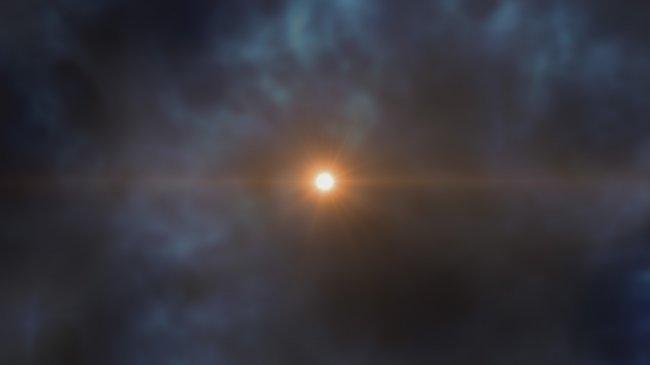
IAC astronomers find a star in the Milky Way that shouldn’t really exist
20/02/2018
Scientists from the Instituto de Astrofísica de Canarias (IAC) have discovered the dwarf star J0023+0307, which is 9,450 light years away, in the halo of our Galaxy. The article published today in the scientific journal The Astrophysical Journal Letters analyzes the primaeval chemical composition of this star. Because of its low metal content, and specifically its low carbon content this star “ throws doubt on the models of low mass star formation in the early universe” explains David Aguado, the first author of the paper, who was Severo Ochoa PhD student during 2012-2015. >> Read more
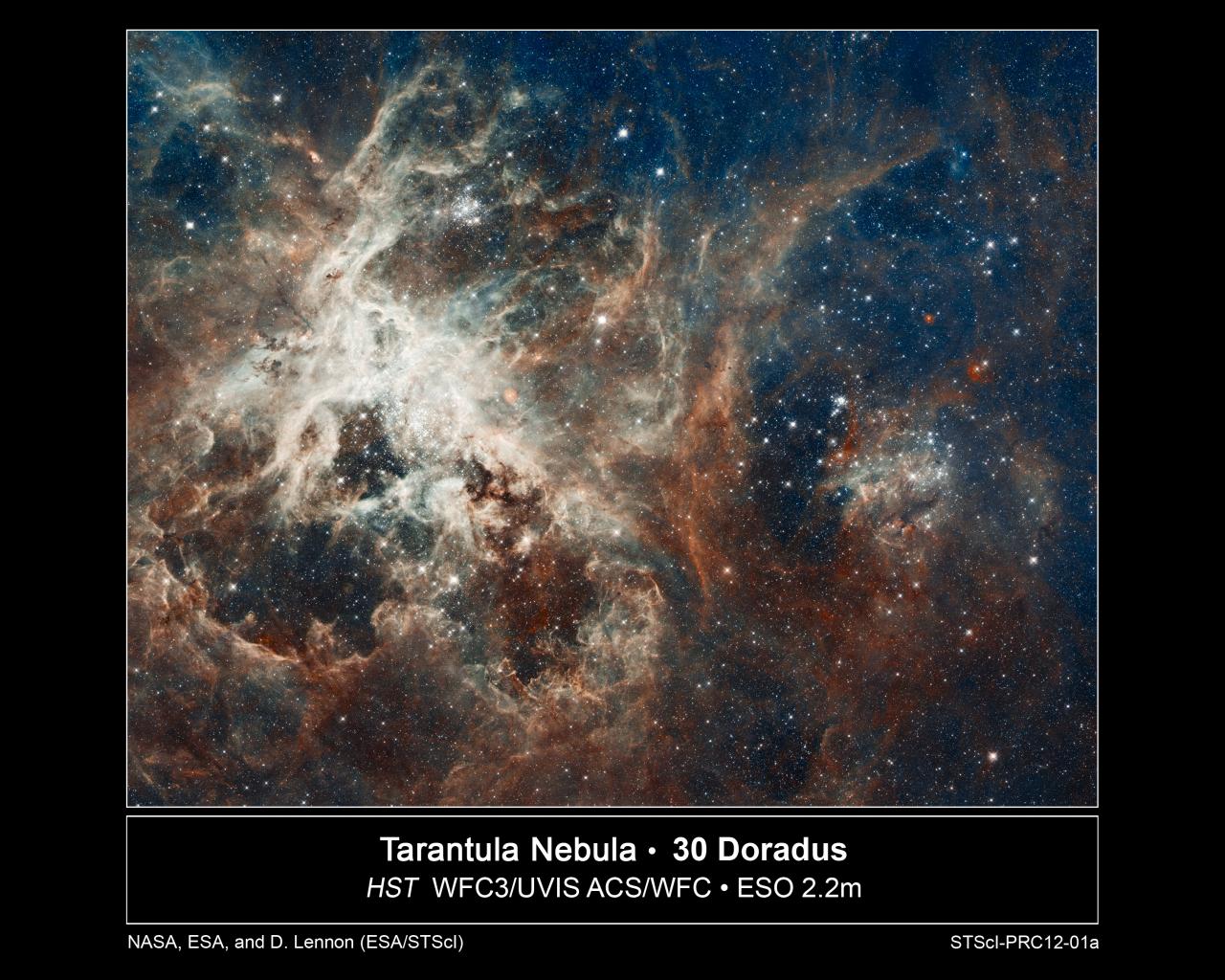
Overabundance of massive stars in the Tarantula Nebula
05/01/2018
"Lead author Fabian Schneider, a Hintze Research Fellow in the University of Oxford's Department of Physics, said: "We were astonished when we realised that 30 Doradus has formed many more massive stars than expected". Sergio Simón Díaz, advanced postdoctoral researcher SO at the IAC and Artemio Herrero, researcher at the IAC also participate in the study. >> Read more
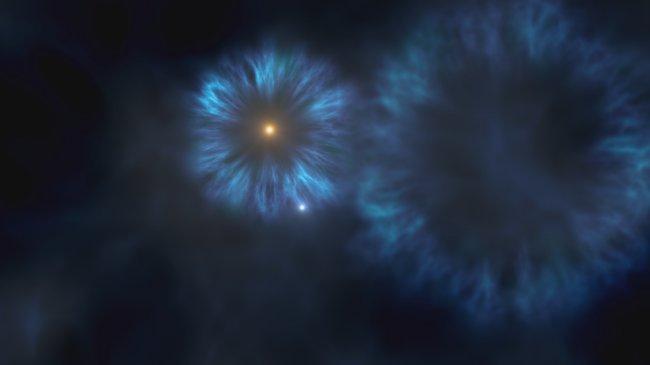
IAC astronomers find one of the first stars formed in the Milky Way
19/12/2017
The study presents the discovery of one of the stars with the least content of “metals” (heavy elements). Known. Th estar is at 7,500 light years from Earth, in the halo of the Milky Way, and is along the line of sight to the constellation of the Lynx. The star is still on the Main Sequence, the stage at which most stars spend the major part of their lives. The source of energy of these stars is, as always, the fusión of hydrogen in their cores, and their surface temperaturas and luminosities are almost constant with time. Another of its properties is its low mass, around 0.7 times the mass of the Sun, although it has a surface temperatura 400 degrees hotter. David Aguado, Severo Ochoa PhD student during the period 2012-2015, is the main author of the publication. >> Read more
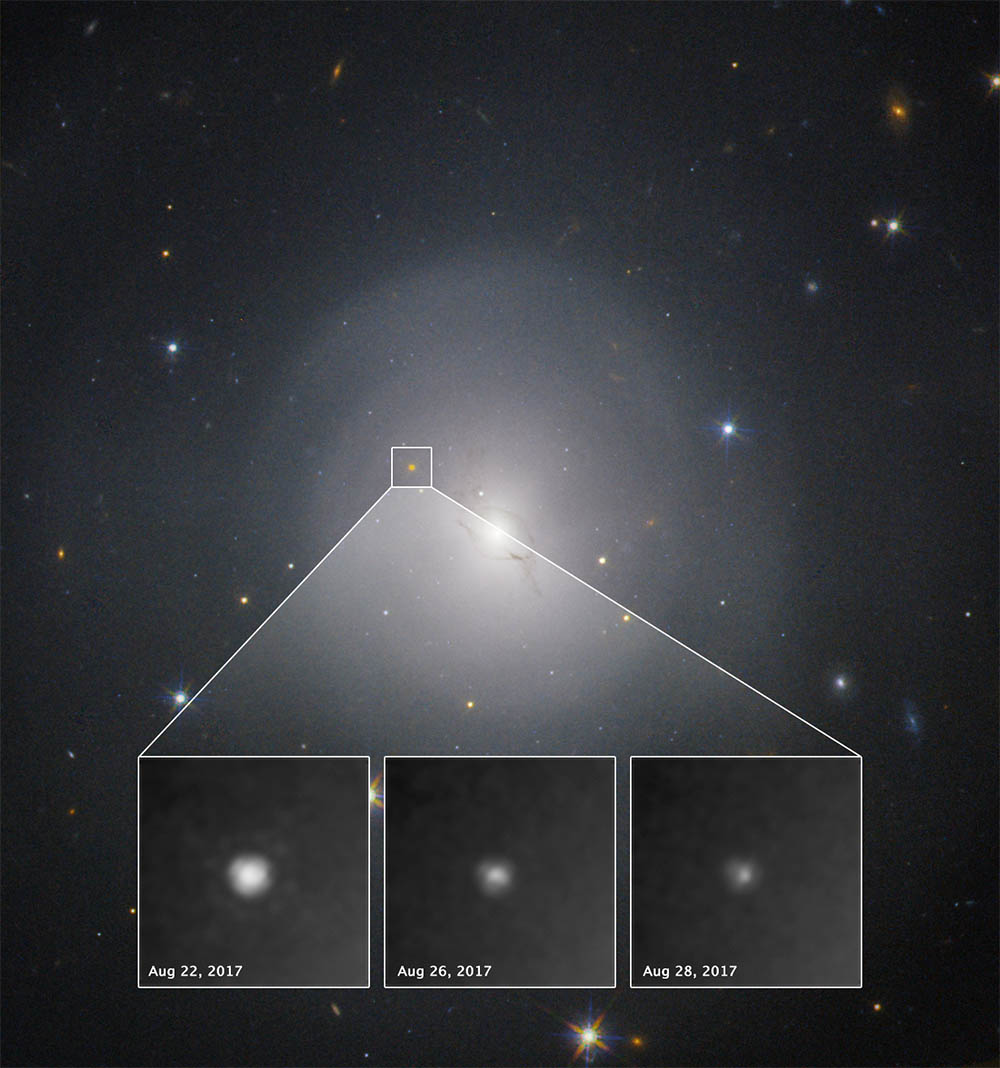
The first images associated with a source of gravitational waves
17/10/2017
The IAC has participated in the detection of the visible, infrared and X-rays counterparts of the source of gravitational waves GW170817. This source, which corresponds to a collision of two neutron stars, is the first for which an electromagnetic counterpart has been detected. The results have been published today in the journals Nature and Astrophysical Journal and involve more than a thousand scientists, including the IAC Severo Ochoa postdoctoral researcher Josefa Becerra, the Scientific Director of the Severo Ochoa Program at IAC, Rafael Rebolo, and the IAC researcher Miquel Serra-Ricart. >> Read more
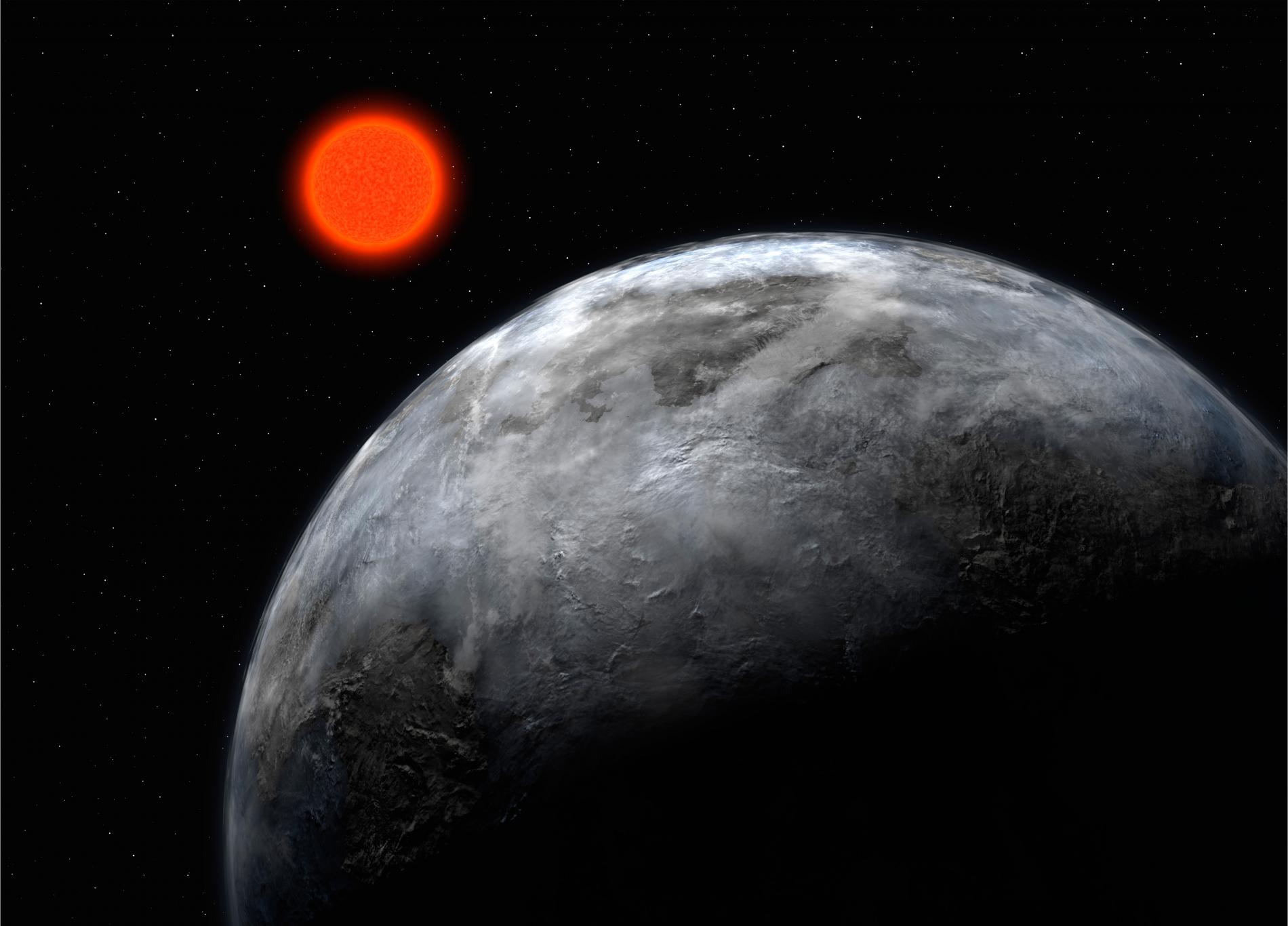
First scientific results with CARMENES
04/10/2017
CARMENES, a visible and infrared spectrograph developed by a consortium of eleven German and Spanish institutions and involving up to eight researchers and engineers from the Institute of Astrophysics of the Canary Islands (IAC), was designed to search for terrestrial-type planets in the habitability zone, the region around a star where the conditions allow the existence of liquid water. This instrument, installed in the 3.5-meters telescope of the Observatory of Calar Alto (Almeria), has studied a sample of 300 stars searching for planets similar to the Earth. The study, published today in Astronomy & Astrophysics, analyzes seven known planetary systems and test the excellent performance of this spectrograph. >> Read more
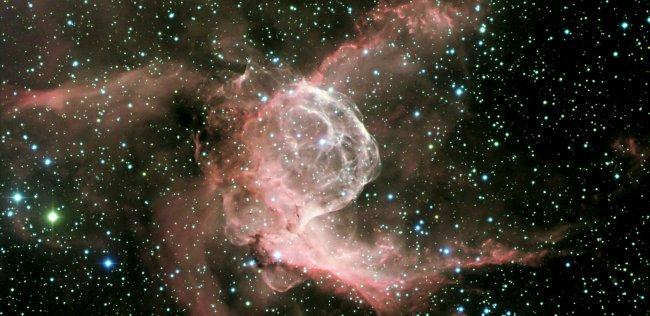
Solved the mystery of the distribution of oxygen in outer areas of the Milky Way
05/09/2017
During the Big Bang, which gave rise to our universe, only two chemical elements were formed in significant quantities, hydrogen and helium. Almost all the other elements, except those elements created by human beings, are produced in the stars during their lives and in processes associated with their deaths. In Astrophysics, the elements which are heavier than hydrogen and helium are called, generically, “metals” and the proportion of these elements in a cosmic object is termed its “metallicity”, whose average value has been growing continually with time within the galaxies. Among these “metals”, oxygen is the most abundant, and is therefore used widely as an index to estimate metallicities in general. The work is led by the IAC researcher, César Esteban. >> Read more

Discovery of a super-Earth near to the habitable zone of a cool star
19/05/2017
An international team led by researchers from the IAC, including the IAC Director Rafael Rebolo, using the radial velocity method, have discovered a possibly rocky planet at the edge of the habitable zone of a red dwarf star. Only a few dozen planets of this kind are known and its detection was made possible with the HARPS-N spectrograph on the Telescopio Nazionale Galileo (TNG) at the Roque de Los Muchachos Observatory, La Palma. >> Read more

The IAC researcher Javier Trujillo Bueno has managed to win an ERC Advanced Grant
27/03/2017
The scientific research carried out at the Instituto de Astrofísica de Canarias (IAC) have again achieved the recognition of the European Research Council (ERC).This organization has just made an ERC Advanced Grant, in a programme to fund the development of excellent and highly innovative projects, to the CSIC Research Professor at the IAC Javier Trujillo Bueno, who is also part of the Coordination Committee of the SO programme at the IAC. The project, titled "Polarized Radiation Diagnostics for Exploring the Magnetism of the Outer Solar Atmosphere" (POLMAG), is aimed at the development of new methods for investigating the magnetism in the outer layers of the solar atmosphere (chromosphere and corona) based on the measurement and the theoretical interpretation of the polarization of the radiation in the solar spectrum. >> Read more
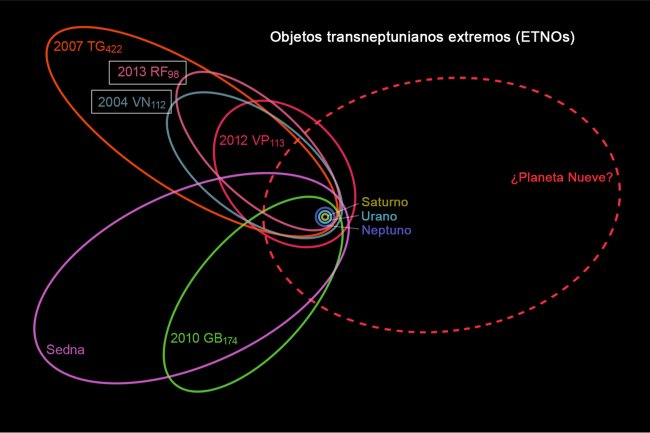
New data about two distant asteroids give a clue to the possible “Planet Nine”
17/02/2017
A team of researchers, led by the Severo Ochoa advance postdoctoral fellow of the IAC Julia de León and in collaboration with the Universidad Complutense de Madrid, has taken a step further to physically characterize two distant asteroids (trans Neptunian objects) and to confirm or refute the "Planet Nine" hypothesis. The study, which includes the first spectroscopic observations of 2004 VN112 and 2013 RF98 with the GTC, proposes that this pair of objects was a binary asteroid that shut down after approaching a planet beyond Pluto. The study has recently been published in Monthly Notices of the Royal Astronomical Society. >> Read more
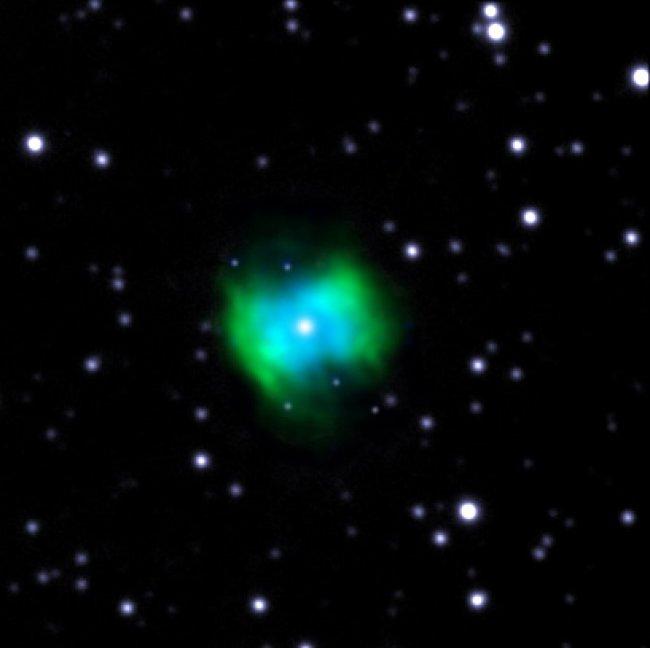
The first image of a new gaseous component in a planetary nebula
29/06/2016
After shining for millions of years, stars end their lives in two main ways: very massive stars die very violently as supernovae, while lower mass stars die as planetary nebulae. In both cases, they inject into the interstellar medium the chemical elements synthesized in the stellar interior. Therefore, knowing the composition of this gas gives us fundamental information to understand the chemical evolution of our galaxy and, by extension, of the Universe. The images obtained by a team led by the Instituto de Astrofísica de Canarias (IAC) and taken thanks to the blue tunable filter of the OSIRIS instrument at the Gran Telescopio CANARIAS (GTC), from the Roque de los Muchachos Observatory (Garafía, La Palma). The article is led by Jorge García Rojas, advanced postdoctoral researcher Severo Ochoa. >> Read more
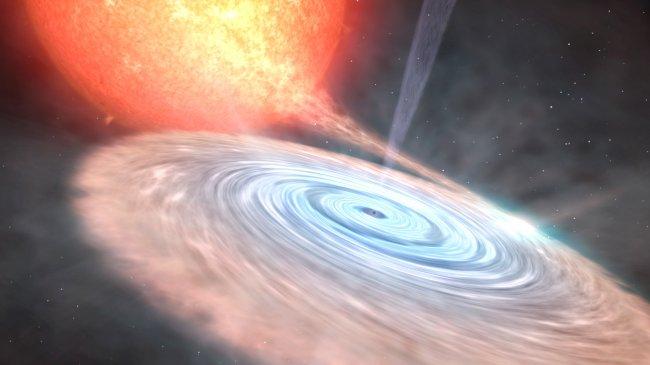
Astrophysicists from the IAC discover an intense wind in the neighbourhood of a black hole
09/05/2016
V404 V404 Cygni is a black hole within a binary system located in the constellation of Cygnus. In such systems, of which less than 50 are known, a black hole of around 10 times the mass of the Sun is swallowing material from a very nearby star, its companion star. During this process material falls onto the black hole and forms an accretion disc, whose hotter, innermost zones emit in X-rays. In the outer regions, however, we can study the disc in visible light, which is the part of the spectrum observable with the 10.4m Gran Telescopio CANARIAS (GTC); the biggest optical-infrared telescope in the world, situated at the Roque de los Muchachos Observatory (Garafía, La Palma, Canary Islands) in Spain. The IAC researcher Jorge Casares participated in the study, published in the journal Nature. >> Read more



